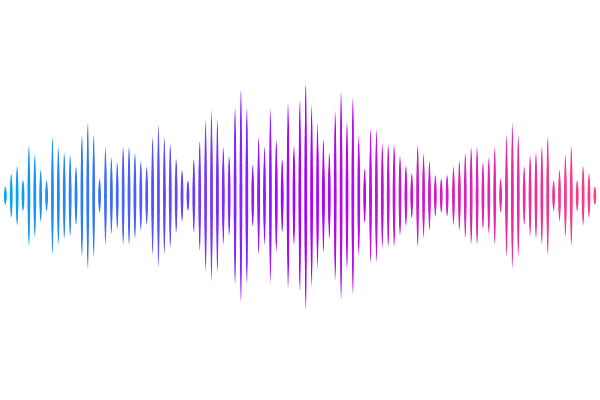Structures of Fab-stabilized CHIP reveal a conformational switch important in E3 ligase and chaperone functions

Structures of Fab-stabilized CHIP reveal a conformational switch important in E3 ligase and chaperone functions
Unnikrishnan, A.; Chung, D. h.; Connelly, E. J.; Chuo, S.-W.; Devi, S.; Thwin, A. C.; Nadel, C. M.; Tse, E.; Gestwicki, J. E.; Craik, C. S.; Southworth, D. R.
AbstractCarboxyl terminus of Hsc70-interacting protein (CHIP/STUB1) is a U-box E3 ligase essential for protein quality control, targeting misfolded or damaged proteins for clearance and conducting chaperone-like functions by suppressing aggregation of proteins, including tau. The previous structure of full-length CHIP identified an asymmetric homodimer in which one U-box is occluded from E2 binding, indicating an unusual half-of-sites activity. However, the flexibility of CHIP has complicated efforts to further characterize its structure and function. Here we leverage two CHIP-targeting fragment antigen-binding (Fab) antibodies to solve structures by cryo-EM. We identify one Fab binds to the CHIP U-box via interactions mimicking E2 contacts and stabilizes three distinct CHIP dimer states, revealing an asymmetric-to-symmetric conformational switch that would enable both U-box domains to be accessible for E2 binding. Conversely, the second Fab targets the CHIP coiled-coil domains, stabilizing the asymmetric dimer with a single accessible U-box. Remarkably, the Fabs exhibit opposing effects on CHIP-driven inhibition of tau aggregation, wherein binding to coiled-coil domains abolishes inhibition of aggregation, while binding to the U-box greatly potentiates this activity. Together, this work reveals how CHIP conformational states and binding interfaces may regulate ubiquitination cycles and chaperone-like functions.